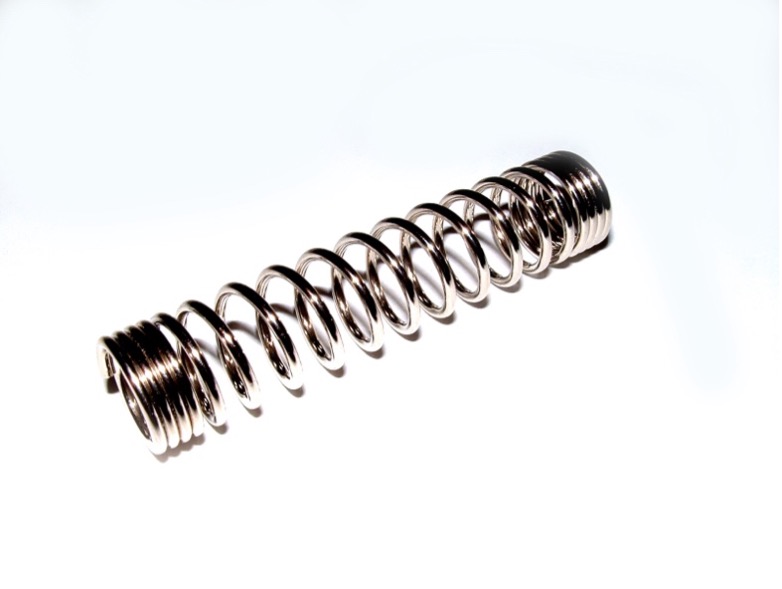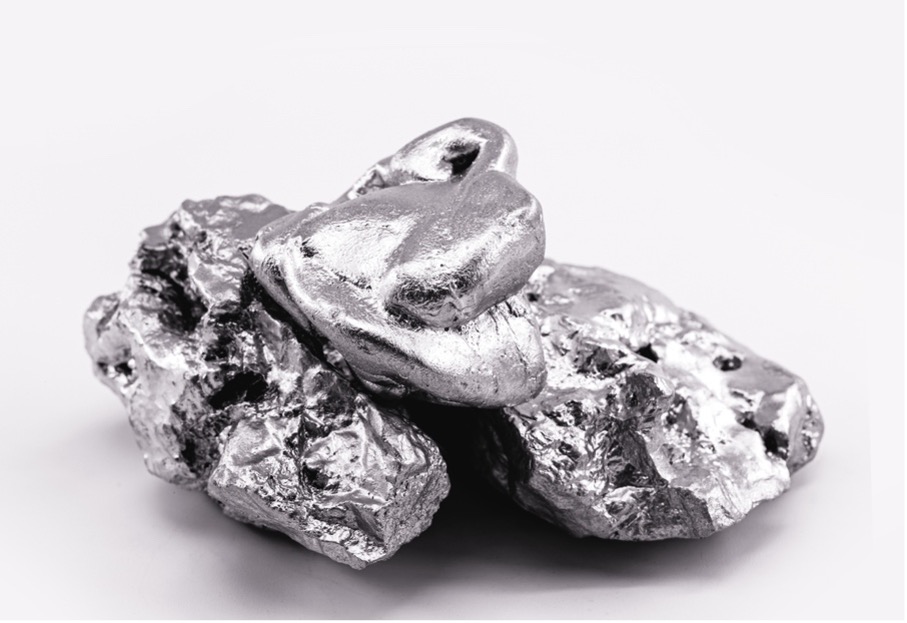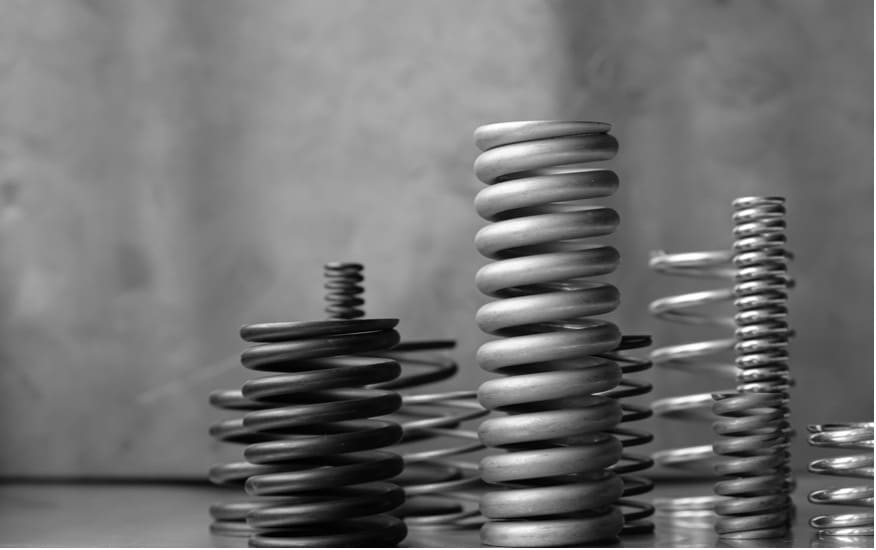Initially developed in the 1940s for jet engines, superalloys have come a long way since then, emerging as highly versatile materials used across a multitude of industries. Thanks to their unique composition and exceptional properties, such as impressive mechanical strength, surface stability, and resistance to high temperatures and creeping, they are often implemented successfully in a wide range of applications.
In this blog, we will explore superalloys’ role, main features, and valuable benefits in spring manufacturing. We will explain why they are a superior choice for many industrial applications and see how they allow us to tailor our springs to many different needs and projects.
The Properties and Applications of Superalloys
In spring manufacturing, superalloys are extremely valued for their ability to perform exceptionally well under harsh conditions like extreme stress and heat thanks to several critical properties, including:
- Excellent mechanical strength.
- Surface stability.
- Resistance to creeping.
These invaluable qualities make superalloys a preferred material over traditional options like steel and aluminium, especially when it comes to demanding applications such as turbines, jet engines, industrial machinery, and many automotive and aerospace components.
Their robust nature guarantees that the spring designs they are used for will maintain their performance and structural integrity even in the most challenging circumstances. That’s why superalloys come across as an extremely popular choice for experienced spring manufacturers wanting to infuse their products with impeccable, outstanding efficiency and safety.
Industries That Rely on Superalloy Springs
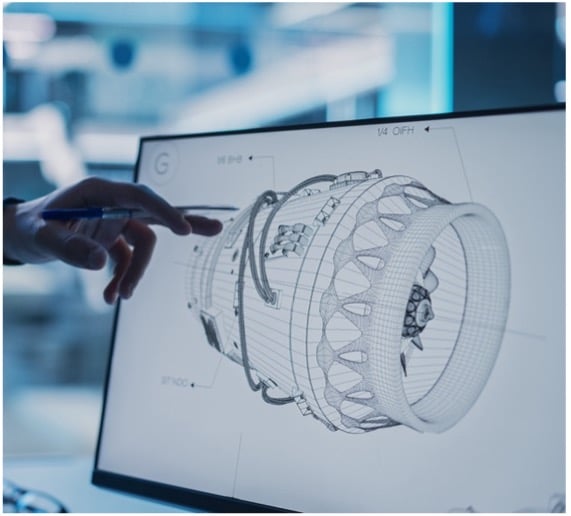
- Aerospace and Defence: used in jet engines and spacecraft that rely on high-temperature springs.
- Automotive: applied in high-performance engines and exhaust systems to withstand extreme conditions.
- Power: critical in turbines and power plants for their durability under high stress and heat.
- Chemical: ideal for handling corrosive environments and maintaining structural integrity.
- Medical: found in surgical instruments and implants for their biocompatibility and reliability.
- Marine engineering: essential for shipbuilding and offshore structures due to their corrosion resistance.
- Industrial machinery: employed in heavy-duty equipment and machinery for their long-lasting performance.
Different Types of Superalloys: Strength and Versatility
As we explained, superalloys boast a wide range of properties that make them extremely valuable in spring manufacturing. But what types of superalloys deliver the best results in such a delicate production process? Let’s take a closer look.
Inconel
Inconel is a nickel-chromium-based superalloy particularly known for its oxidation and corrosion resistance, especially at high temperatures; in spring manufacturing, this material excels at providing reliable performance in sectors such as aerospace, automotive, and energy production, as it retains its strength and stability in extreme conditions.
Nimonic 90
Nimonic 90 is another exceptional type of superalloy; its composition includes 50% nickel and 20% chromium, with additions of titanium and aluminium. It is renowned for its high strength and excellent creep resistance at elevated temperatures, making it an optimal choice for improving springs’ longevity and reliability in high-stress, extreme-temperature environments.
Hastelloy
In addition to Inconel and Nimonic 90, Hastelloy is a popular choice for producing springs. This superalloy offers a broad range of options for engineers and designers seeking high durability and resilience; in fact, thanks to its remarkable resistance to corrosion and oxidation, it is particularly suitable for chemical processing industries.
Why Use Superalloys in Spring Manufacturing?
We have briefly touched upon the main reasons why they improve and enhance any spring type; now, it’s time to delve into each advantage in more detail.
Superior Performance in High-Temperature Environments
We have highlighted that one of the primary benefits offered by superalloy springs is their ability to perform at high temperatures. Unlike traditional materials that may degrade or lose strength over time, superalloys are able to maintain their integrity and performance in high-heat environments.
Excellent Corrosion and Oxidation Resistance
We saw that Inconel and Hastelloy, in particular, are extremely resistant to corrosion and oxidation. This characteristic ensures that springs made from these materials have a longer lifespan and require less maintenance, reducing downtime and costs for industries that rely on these components.
Enhanced Safety: Mechanical Strength and Creep Resistance
Mechanical strength, combined with resistance to creep (deformation under stress), makes superalloys ideal for high-stress applications. This is particularly important in industries such as aerospace and automotive, where such qualities are paramount to guarantee safety and overall successful operations.
Adaptability of Superalloys: Custom Springs for Custom Projects
It is evident that superalloys are especially useful in custom projects where standard products and materials fail to deliver the desired results. Whether creating springs for specialised aerospace components or custom parts for complex industrial machinery, superalloys provide the necessary flexibility to design, manufacture, and perfect products that must meet extremely precise specifications and performance criteria.
Custom spring manufacturers leverage such adaptability to deliver unique solutions that address special project demands and create products showcasing superior durability, reliability, and performance. Each project will pose specific challenges, which is why it is incredibly important to assess every request and make sure that each custom spring is designed to perform optimally in its intended application.
 Need Superalloy Springs? Turn to European Springs & Pressings
Need Superalloy Springs? Turn to European Springs & Pressings
Are you seeking a trusted spring manufacturer that is able to tailor high-quality springs to your projects using superalloys? Look no further than European Springs & Pressings. Whether your priority is high-temperature performance, corrosion and oxidation resistance, or exceptional mechanical strength, we carefully design and craft superior spring types to fulfil the most complex requirements and deliver outstanding results.
Our extremely skilled and competent engineers boast years of experience in working with superalloys, ensuring that we can provide the best solutions for your needs. Download our spring catalogue or contact us today to learn more about our springs and materials to help you achieve the excellence you and your business deserve.
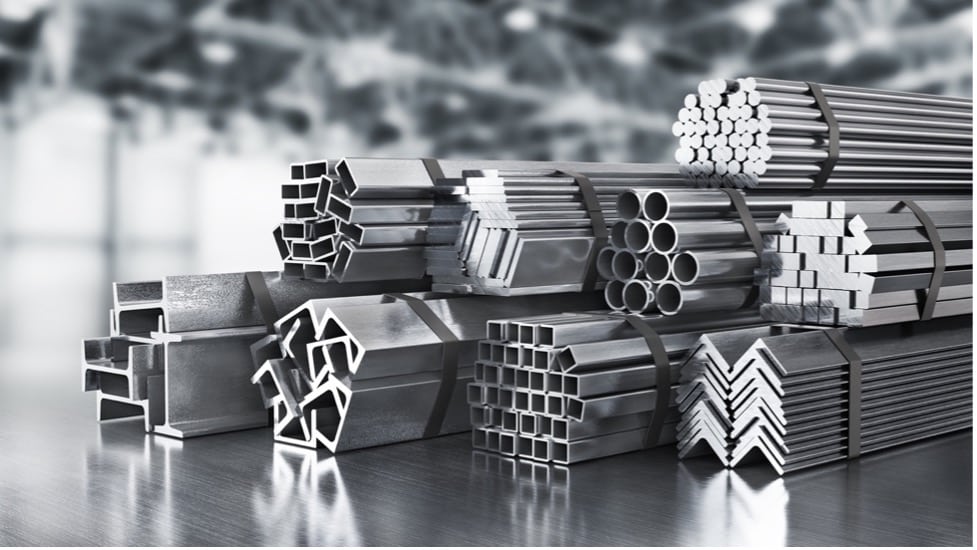
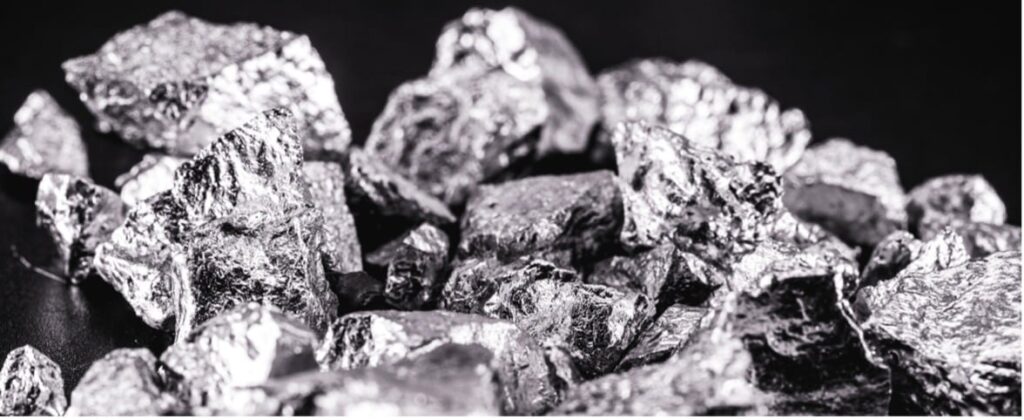
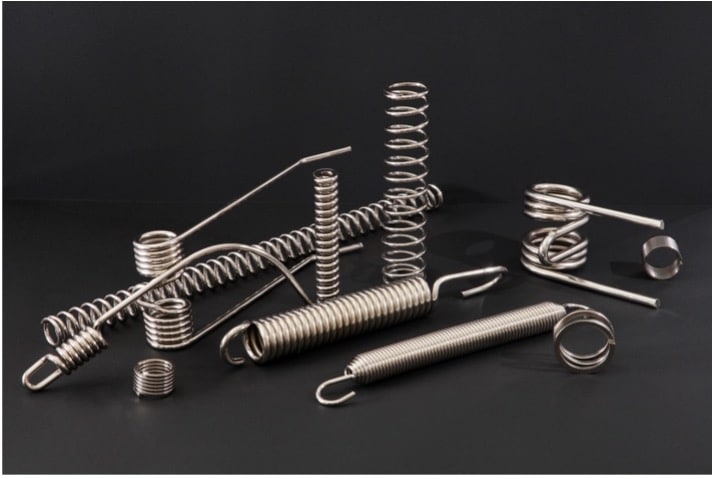 Need Superalloy Springs? Turn to European Springs & Pressings
Need Superalloy Springs? Turn to European Springs & Pressings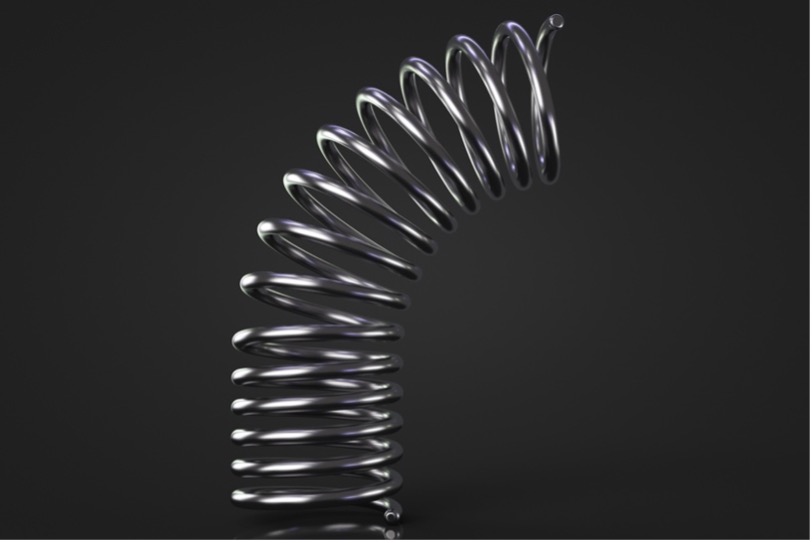
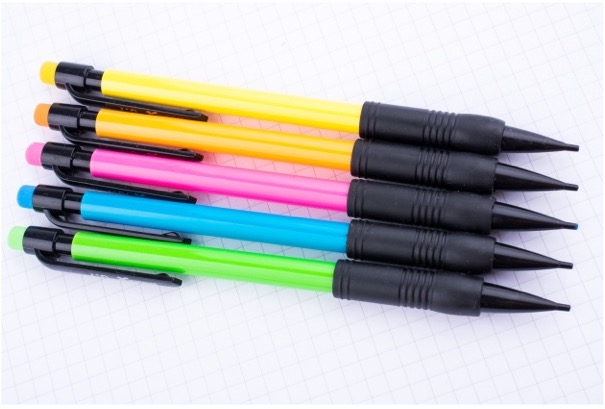
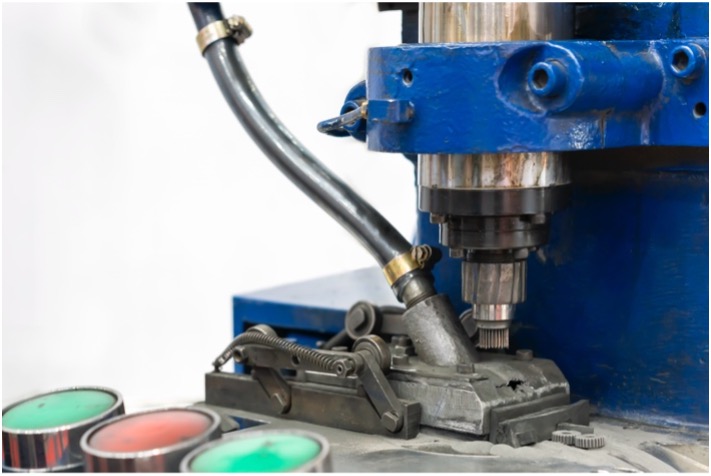 Die Springs
Die Springs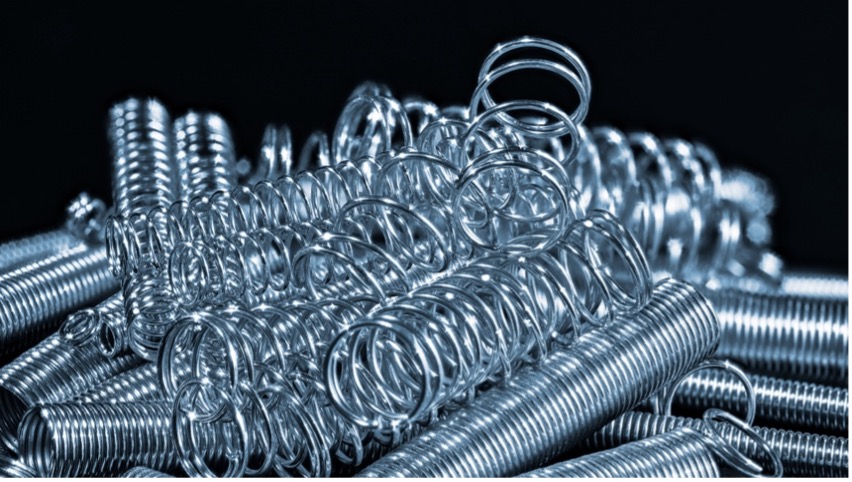






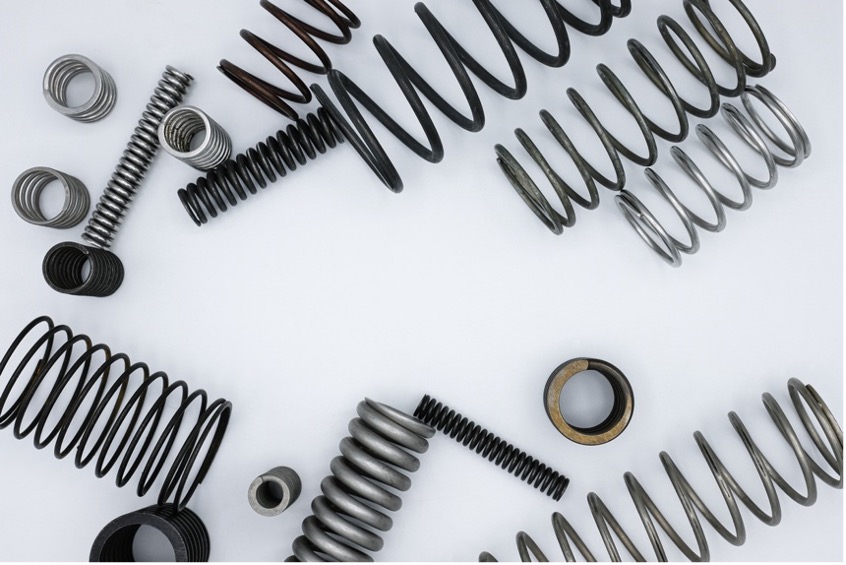
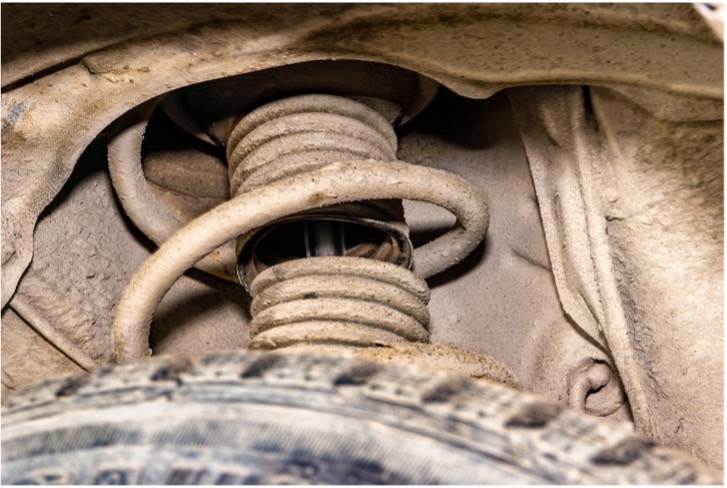 Spring Deformation
Spring Deformation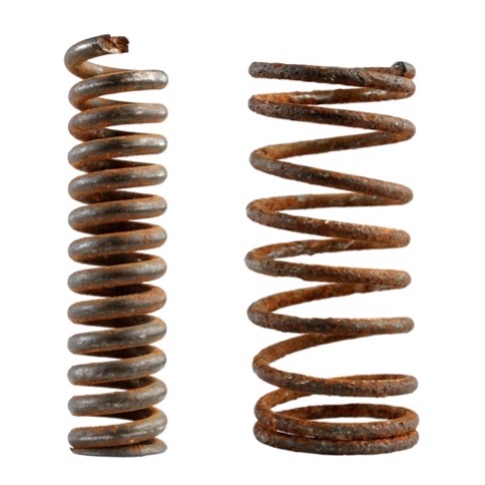 Fatigue, Overloading, and Corrosion: The Three Spring Failure Modes
Fatigue, Overloading, and Corrosion: The Three Spring Failure Modes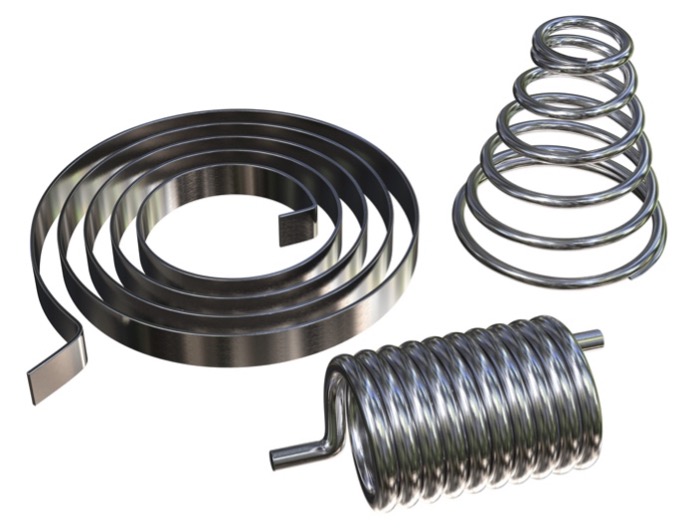
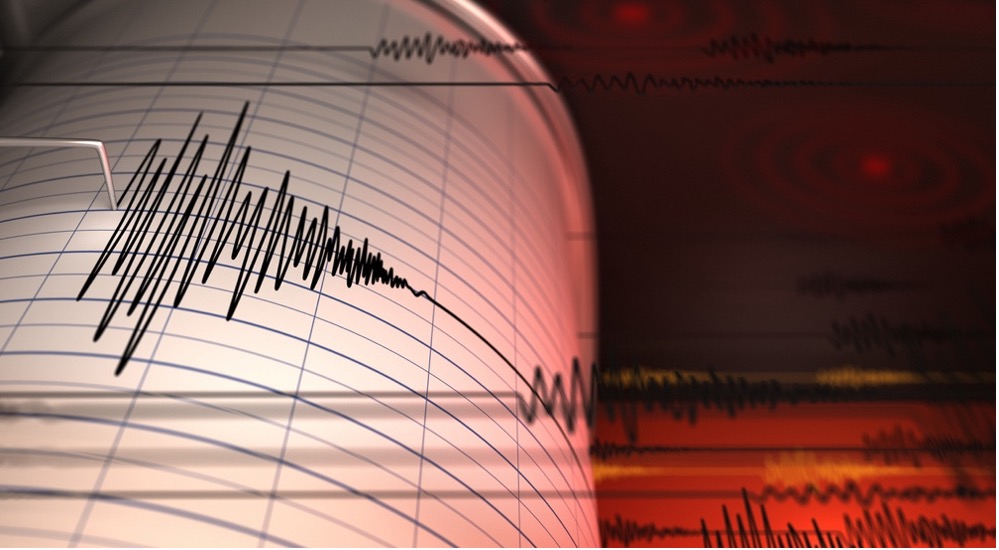
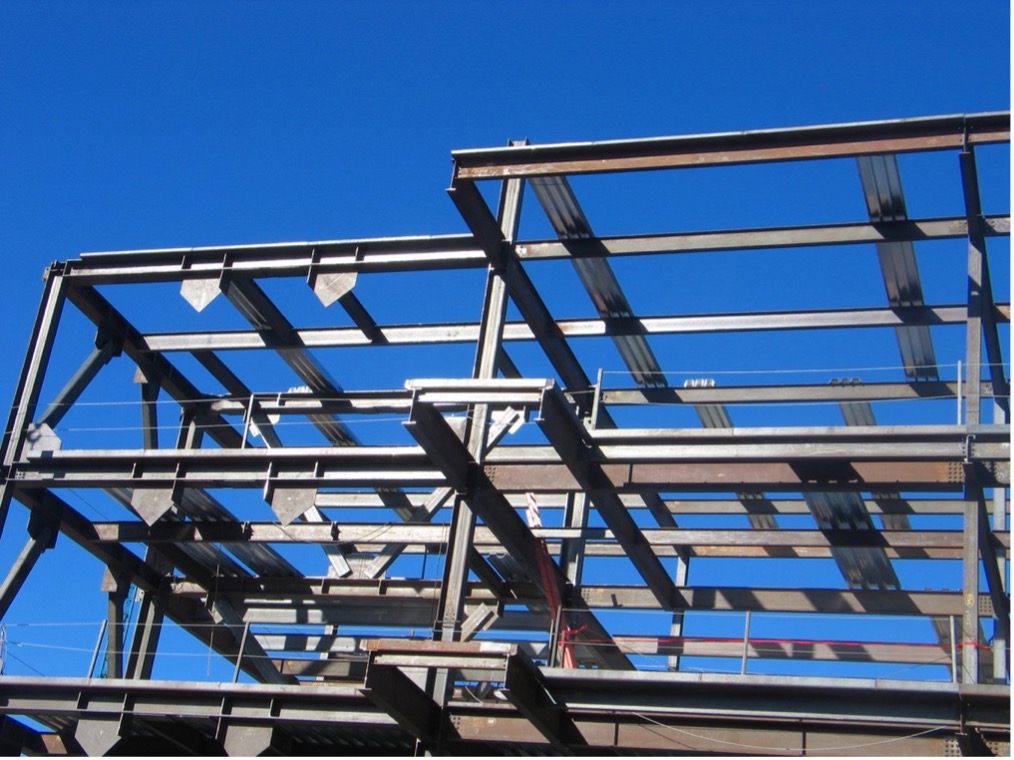

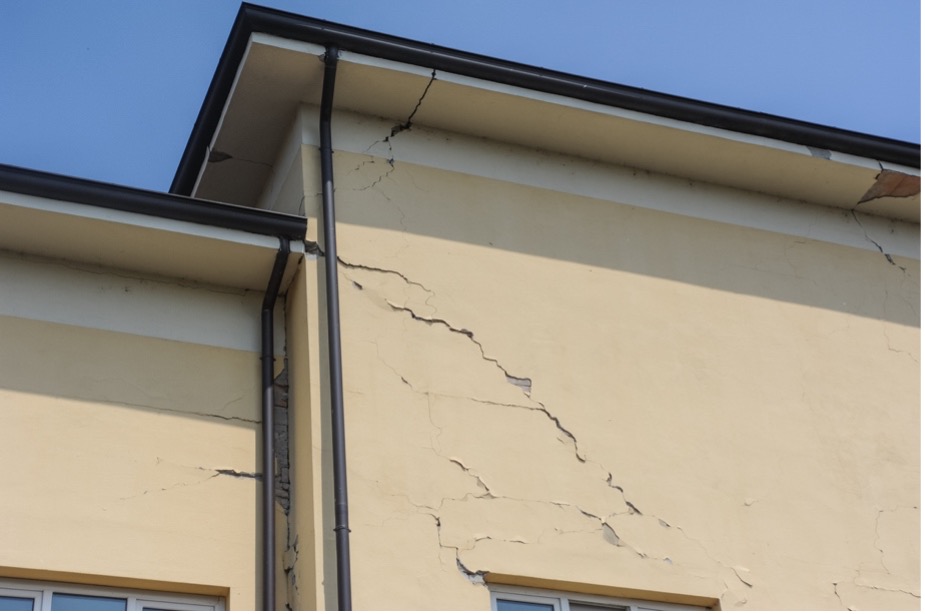

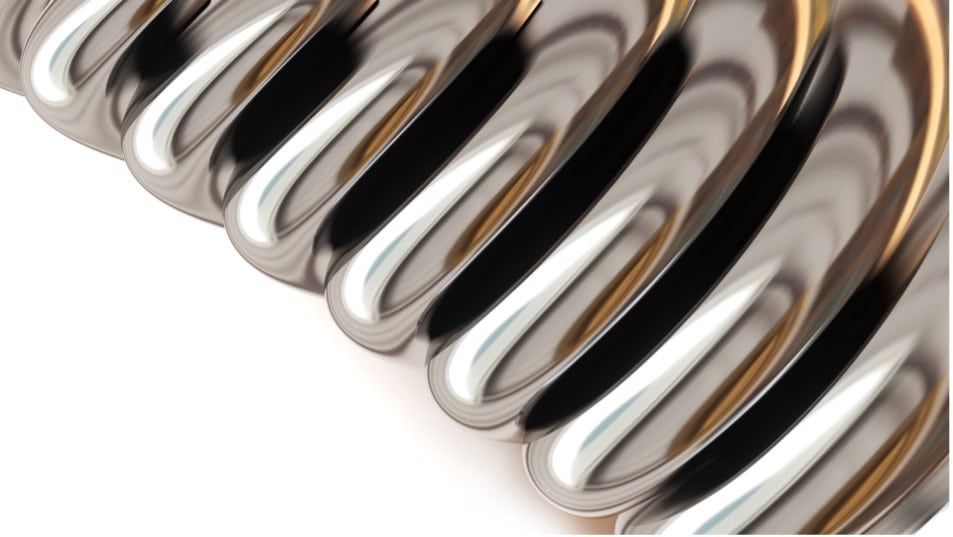
 Zinc Plating: The Secret Behind Long-Lasting Springs
Zinc Plating: The Secret Behind Long-Lasting Springs